1. Pripyat Amusement Park, Ukraine
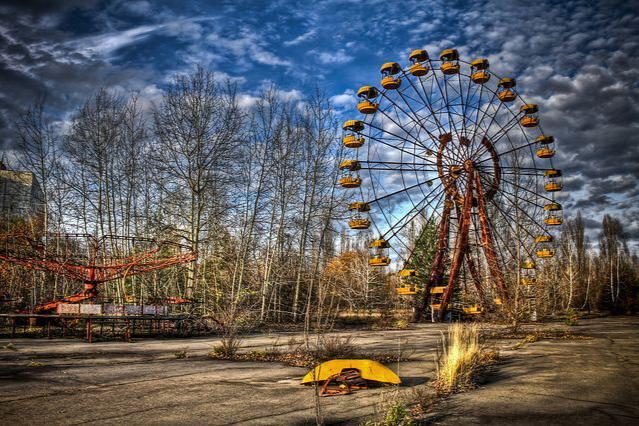
Located just a few kilometers from the Chernobyl Nuclear Power Plant, this park never fully opened to the public, adding a layer of heartbreaking irony to its abandonment. It was slated for a grand opening on May 1, 1986, for the annual May Day celebrations, but the catastrophic nuclear disaster on April 26 forced a massive evacuation of the city. The iconic yellow Ferris wheel, the bumper cars, and other attractions were left untouched, becoming a poignant symbol of the sudden disruption of life and the lasting impact of the disaster. Today, the park is one of the most recognizable sites within the Chernobyl Exclusion Zone, its silence a stark contrast to the laughter that was meant to fill its grounds.
2. Six Flags New Orleans, USA
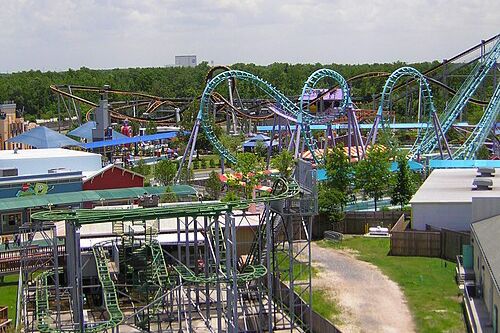
Originally opened as Jazzland in 2000, the park was acquired by Six Flags in 2002 before suffering a devastating closure following Hurricane Katrina in August 2005. The park was located in a low-lying section of the city and was submerged under up to six feet of corrosive floodwater for over a month. The extensive water and wind damage, estimated to have destroyed over 80 percent of the park’s attractions, led Six Flags to declare it a total loss and opt not to rebuild. It remains abandoned today, the rusted roller coasters and waterlogged attractions often used as a location for film and television productions, including Jurassic World and Dawn of the Planet of the Apes.
3. Nara Dreamland, Japan
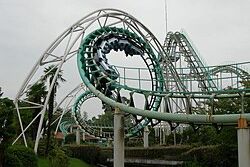
Opened in 1961, Nara Dreamland was intended to be Japan’s answer to Disneyland, replicating elements of the American original with its own castle, parade, and Main Street. For decades, it was a popular local attraction featuring unique rides like the Aska wooden roller coaster. However, attendance began to dwindle significantly after the opening of Tokyo Disneyland in 1983 and Universal Studios Japan in 2001, which offered newer, grander experiences. Facing mounting financial struggles, the park finally closed its gates permanently in 2006. Its decomposition over the following decade made it a famous spot for urban explorers until its final, extensive demolition began in late 2016.
4. Spreepark, Germany
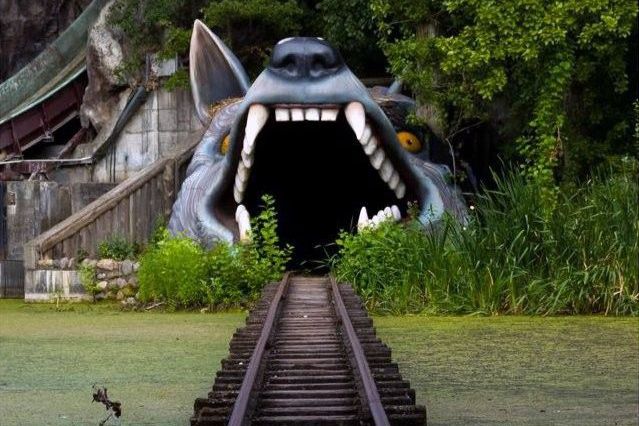
This park, originally called Kulturpark Plänterwald, was the German Democratic Republic’s (East Germany’s) only permanent amusement park when it opened in 1969. After German reunification, it was acquired by a private investor, Norbert Witte, and renamed Spreepark. Witte added modern, Western-style attractions, but faced financial difficulties and public scrutiny over new construction permits. It filed for bankruptcy in 2002. In a bizarre twist following the closure, Witte attempted to smuggle six of the park’s rides to Peru, claiming they needed repair, but was later caught and arrested for attempting to import 167 kilograms of cocaine hidden inside one of the attractions. The park’s ruins, including a massive, fallen Ferris wheel, remain in Berlin.
5. Lake Shawnee Amusement Park, USA
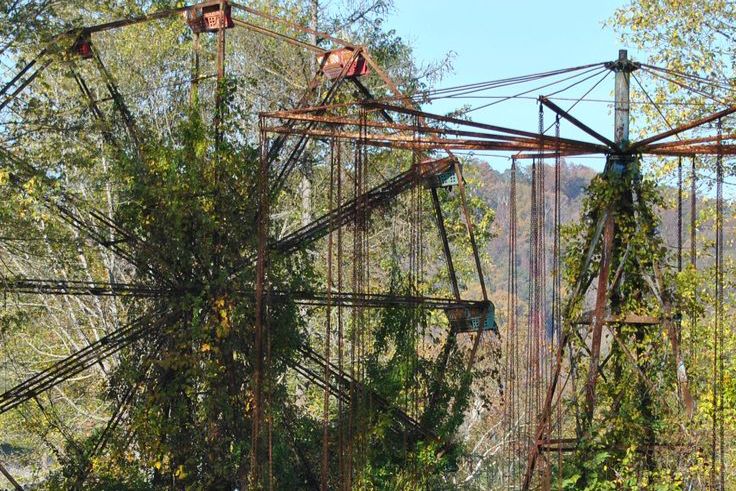
This park, nestled in West Virginia, has a history rooted in unsettling local lore, adding a spectral layer to its abandonment. The land was reportedly the site of a tragic 1783 confrontation where a colonial family was attacked by Native Americans, leading to fatalities. Decades later, when the land was developed into an amusement park, a few tragic accidents occurred, including the deaths of two children in separate incidents during the 1960s. The park ultimately closed in 1966 due to safety concerns and declining attendance. Its sinister reputation as a possibly cursed site built upon an ancient burial ground continues, attracting ghost hunters and paranormal investigators to this day.
6. Dadipark, Belgium
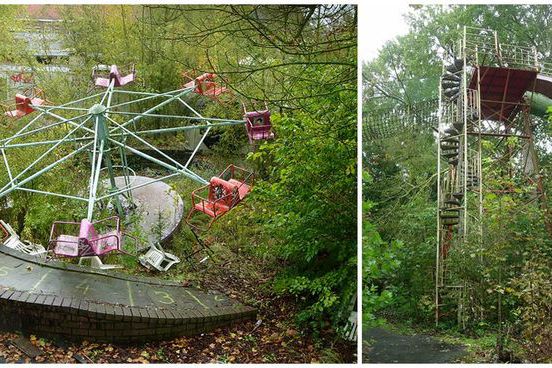
What began as a small playground in 1950 to entertain the children of pilgrims visiting a nearby basilica grew into a popular amusement park, known for its accessible pricing and unique rides. Dadipark operated successfully for decades, attracting visitors from across Europe. Its fortunes changed dramatically in 2000 after a serious accident involving a young boy who lost his arm on the park’s popular ‘Nautic Jet’ ride. This tragedy led to a massive drop in visitor numbers and significant negative publicity. Though the park closed for what was announced as renovations in 2002, it never reopened, leaving its slides, towers, and small castle to decay.
7. Gulliver’s Kingdom, Japan
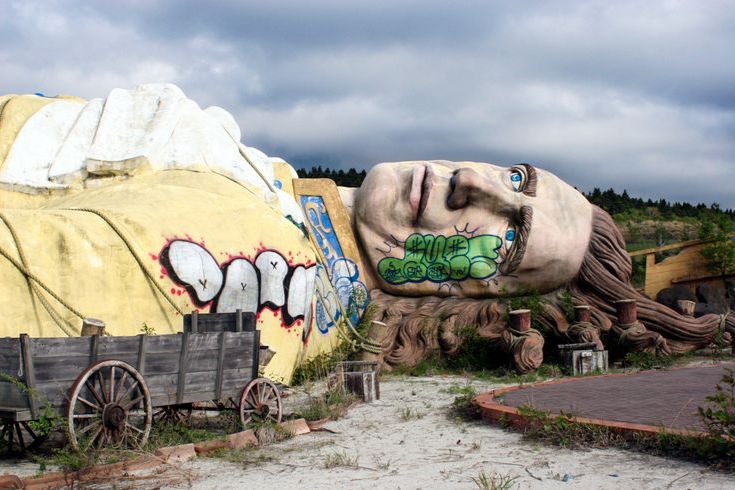
This short-lived theme park, which opened in 1997, was based on the classic tale Gulliver’s Travels and was known for its colossal 147-foot-long statue of the prone Gulliver tied down with ropes. The park was built near the base of Mount Fuji in a location intended to draw tourists, but its isolated position and lack of visitor traffic ultimately doomed the venture. Adding to its woes, the park was situated close to the infamous Aokigahara forest, which contributed to an atmosphere of melancholy. Gulliver’s Kingdom closed its doors only four years later in 2001, leaving the immense statue and surrounding facilities to rapidly fall into disrepair before its complete demolition in 2007.
8. Rocky Point Amusement Park, USA
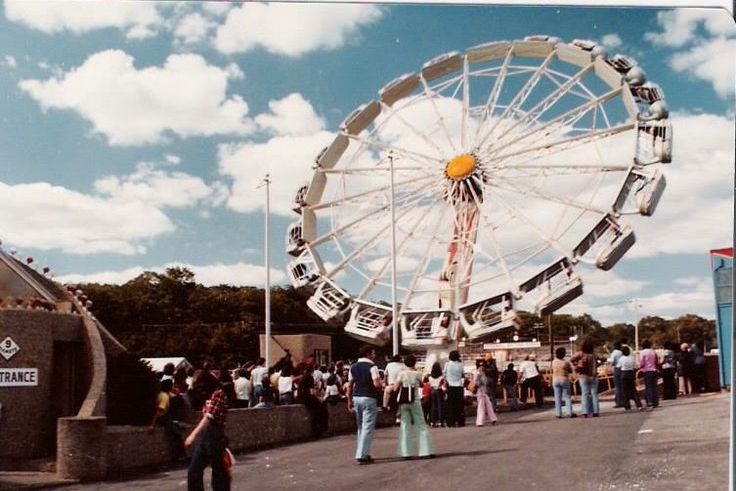
A beloved Rhode Island institution, Rocky Point first opened in the 1840s and served as a premier New England destination for over 150 years, celebrated for its Shore Dinner Hall and classic rides. The park was rebuilt multiple times over its history after various disasters, including a devastating fire in 1938. However, financial difficulties, aging infrastructure, and competition from larger parks led to its final closure in 1996. Its demolition in 2207 was met with sadness from locals, but before that, the abandoned ruins, particularly the remnants of its final roller coaster, The Cyclone, drew urban explorers and photographers documenting its decay.
9. Holy Land USA, USA
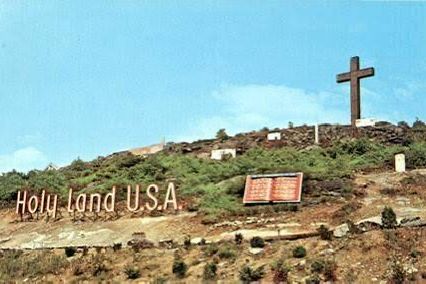
This unique park, located in Waterbury, Connecticut, was a religious theme park that operated from 1955 to 1984. Created by a local attorney, it featured replicas of biblical sites like the Garden of Eden and the catacombs, as well as a large cross and various statues. At its peak, it attracted around 40,000 visitors annually. After its founder’s death in 1986, the park fell into disrepair under the stewardship of a local religious order. Though it has seen efforts toward restoration in the 2010s, for decades it stood as a ruin, its once-inspiring religious messages now overlaid with rust and graffiti, presenting a surreal and unsettling pilgrimage site.
10. Boblo Island Amusement Park, Canada/USA
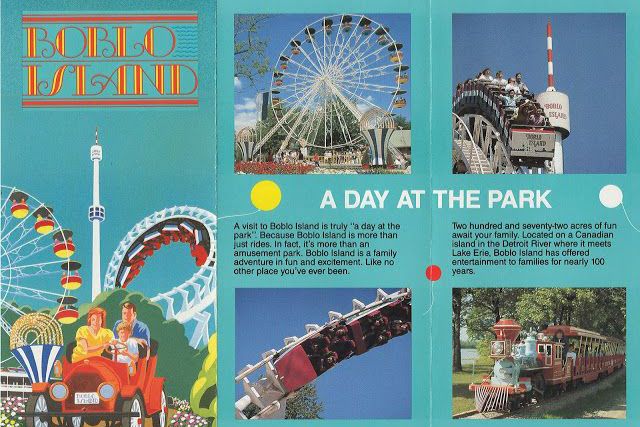
Boblo Island, situated on the Canadian side of the Detroit River, operated for nearly a century, from 1898 to 1993. It was unique in that visitors primarily accessed it via a fleet of historic ferry steamers from Detroit and other points in the US and Canada. The park was famous for its classic wooden roller coaster and beautiful dance hall. As ferry-based entertainment declined and operating costs soared, the park became financially unsustainable. After its closure, attempts to redevelop the island into residential properties failed, and today, parts of the island still retain remnants of the amusement park, though much of the original infrastructure was sold or demolished.
11. Joyland Amusement Park, USA
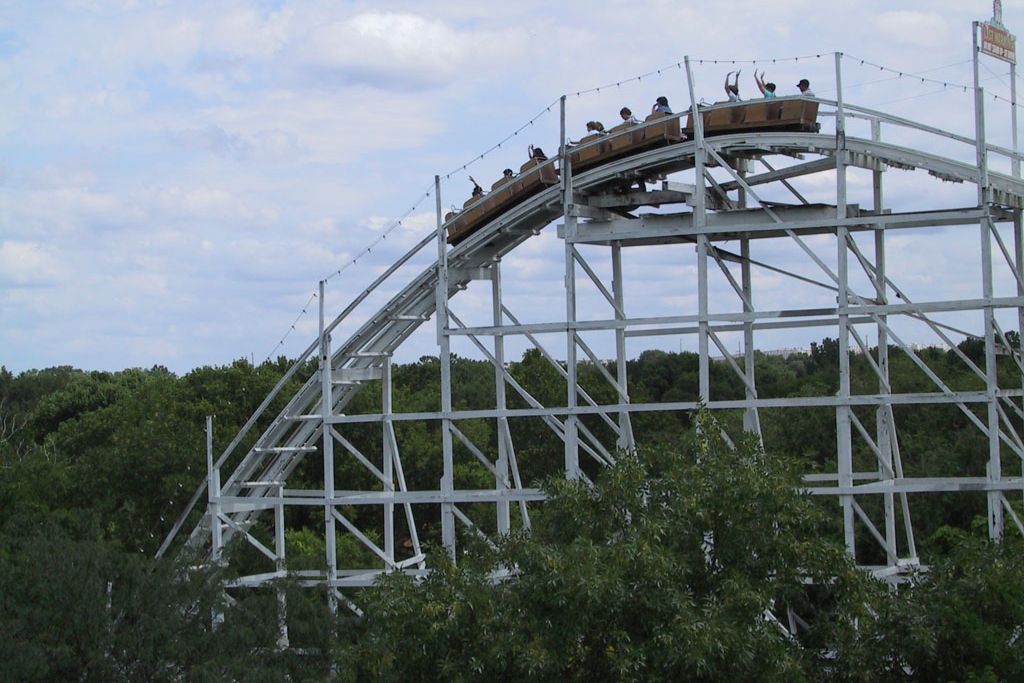
Opening in Wichita, Kansas in 1949, Joyland was once the largest amusement park in the southwest, featuring a Ferris wheel, classic carousel, and the beloved Nightmare wooden roller coaster, one of the last original wooden coasters remaining. The park saw a steady decline in visitors starting in the 1990s. Its ultimate demise came after a serious accident in 2004, where an employee was injured after a fall from the Ferris wheel. This incident compounded the park’s financial troubles, and it closed for good the following year. The park’s main attractions were left to rot for years, making it a target for vandalism and arson before most structures were eventually torn down.
12. Wonderland Amusement Park, China
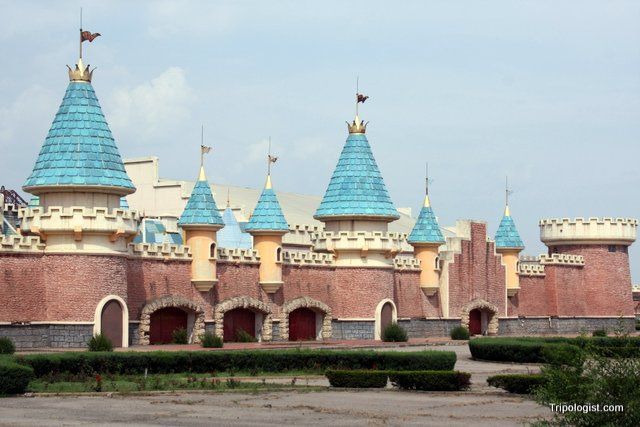
This ambitious project near Beijing was intended to be the largest amusement park in Asia, sprawling across more than 100 acres. Construction began in the late 1990s, featuring foundations for a vast castle, parking lots, and various themed structures. However, development was halted around 1998 due to financial disputes over land prices between the developers and local authorities. The unfinished, skeletal remains of the massive castle and abandoned facilities stood for years, becoming a striking, bizarre landscape of misplaced dreams and an eerie symbol of stalled economic progress until demolition began around 2013, clearing the land for other use.
13. Ho Thuy Tien Water Park, Vietnam
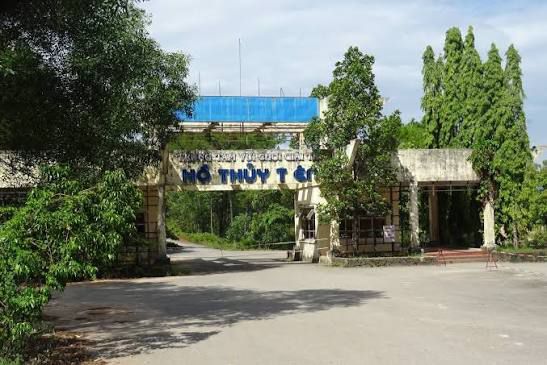
Located near the city of Hue, this water park opened only briefly in 2004, despite being incomplete, and quickly shut down due to a lack of investment and the high cost of maintenance. It is perhaps best known for its monumental, decaying dragon statue perched atop a futuristic-looking former aquarium, which appears to loom over the stagnant lake. Nature has heavily reclaimed the site, with trees growing through the waterslides and pools filling with algae. Its unique, atmospheric ruins have made it a globally recognized spot for adventurous travelers seeking unconventional and haunting photographic opportunities.
14. Chippewa Lake Park, USA
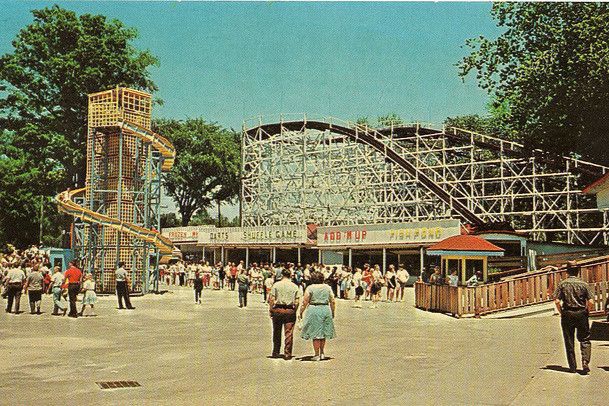
Opening in 1878 in Ohio, Chippewa Lake Park was a classic, long-running American pleasure resort, popular for its beautiful lakeside setting and historic attractions, including a roller coaster, carousel, and a ballroom. Like many older amusement parks, it struggled to compete with modern, corporate-run theme parks in the late 20th century. After years of declining attendance and financial losses, the park permanently closed in 1978. The site lay abandoned for decades, allowing nature to slowly consume its wooden rides and structures, creating a deeply nostalgic and spooky scene that was frequently documented by photographers before its eventual, staggered cleanup.
15. Lincoln Park, USA
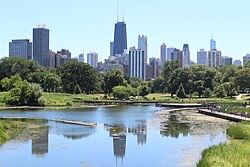
This park in Dartmouth, Massachusetts, opened in 1894 and thrived for nearly a century, celebrated for its wooden roller coaster, The Comet, and various other classic rides. Its fortunes began to decline in the 1980s, primarily due to safety issues, including a fatal accident on The Comet in 1987, which severely damaged its reputation. The park struggled on for another year but was eventually forced to close in 1988 due to insurance liability and financial pressures. The famous roller coaster stood decaying for two decades, a grim silhouette against the sky, until it was finally dismantled in 2012, long after the rest of the park had been cleared.
The silent majesty of these fifteen parks, frozen in time and reclaimed by nature, tells a far more compelling story than their brief years of operation ever could. They serve as a powerful reminder that even the most vibrant symbols of human joy are ultimately temporary, leaving behind breathtaking ruins that capture the imagination and offer a somber, beautiful look at what happens when the music stops.
Like this story? Add your thoughts in the comments, thank you.
This story 15 Abandoned Amusement Parks That Still Haunt the Earth was first published on Daily FETCH


